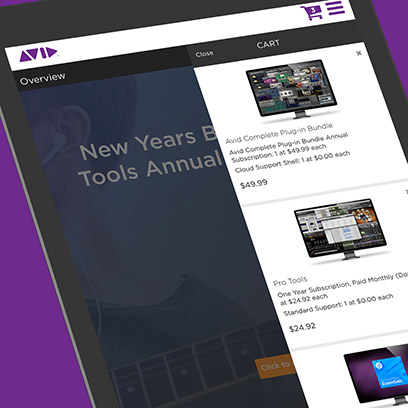There are many design patterns in e-commerce that are considered proven science. The concept of the shopping cart and how we add products to them has been around since the very beginning of the internet. Every shop is basically the same now.
The shopping experience always begins with a home page. Then the user selects a category, where they can filter things down and hopefully they will find the exact item that they are looking for. Once they have found the perfect item, they can choose some attributes and then add the items to their cart.
From the moment the product is added to the card the workflow to complete the purchase is pretty universal as well. A shipping address, a billing address, and a credit card.
The time is coming though when we may need to shake up some of the existing paradigms of e-commerce.
Customers want a faster, simpler experience now. This has been driven partly by the increase in smartphones and tablets. We’re all on the go now, and the devices that we carry with us allow us to tackle our errands with minimal impact to our routines.
Customers want a faster, simpler experience now.
For many e-commerce companies, the move towards faster and simple means new platforms and technologies. The systems that we used in the past weren’t constructed from the ground up to support the idea of performance first. We’re still forced reload complete pages as we move page to page on many e-commerce sites.
The Platform of the Future
Future e-commerce platforms will be built in a manner that will allow designers and developers to craft experiences that are faster and simpler for users. They will treat the mobile experience as a first class citizen, not just something that was added after the fact.
Companies won’t be able to completely replace every system, but we can construct thin APIs on top of existing order management systems, product catalogs, and inventory controls that can transport data to the customer more performantly to allow for these experiences to be constructed.
Thinking about performance first allows for larger ROIs to be generated. We’ve seen this recently with the launch of Walmart.ca who built an e-commerce site focused on delivery to the multi-channel world.
Within four weeks of launch Walmart.ca saw a 20% uptick in their conversions. They saw a 98% increase in their mobile orders. All of this was coupled with a 36% decrease in page load time.
All of these are great examples of e-commerce sites moving in the direction of simpler, high performance experiences. We can do better though. There’s no reason to force full page refreshes on users who are shopping and it’s completely possible to ensure that shoppers without javascript can shop just as easily as those who do.


